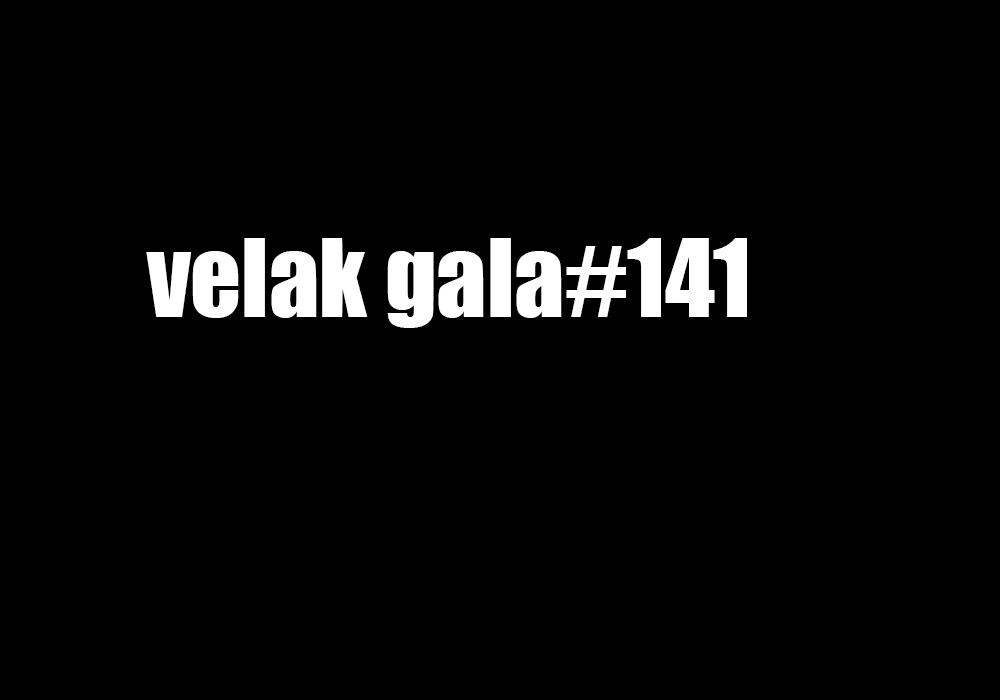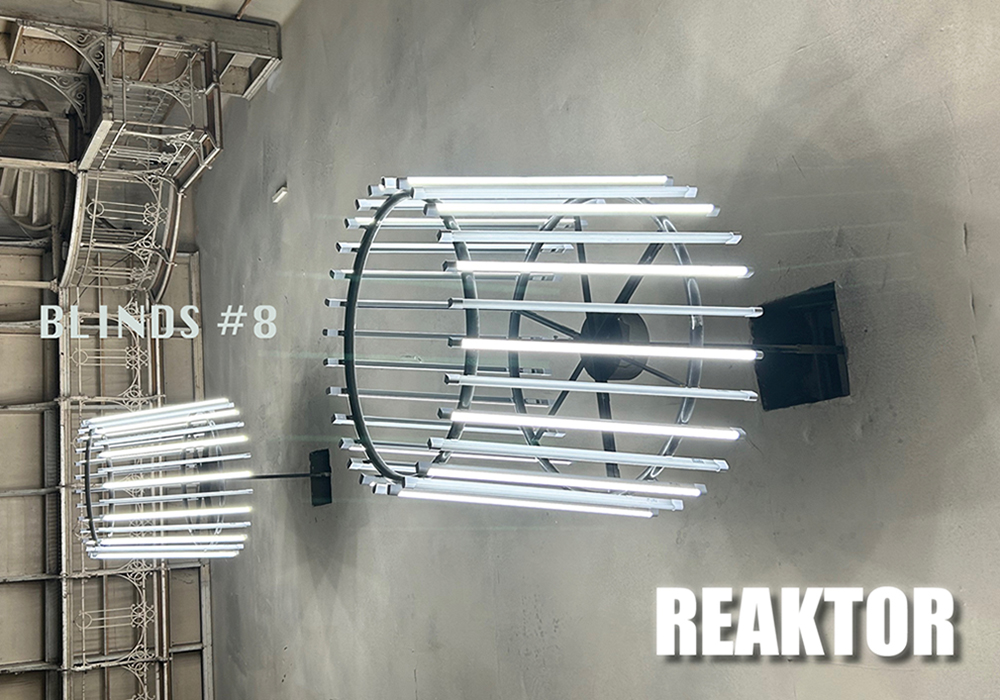-
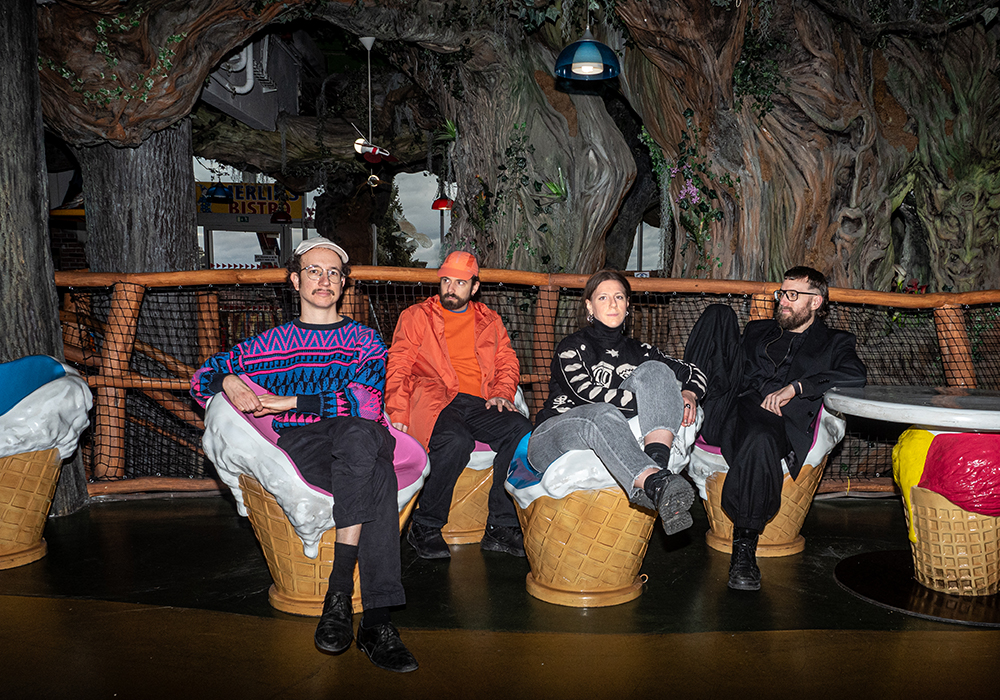
Cracking Corporate Reality
Lecture by TOTAL REFUSAL
Paulusplatz 5, Seminarraum 2. Stock
1030 Wien2025 December 18 / 14:00In open-world video games, cities and their natural surroundings simulate public space within a secured, algorithmic illusion. This lecture investigates how games construct and control our virtual flânerie, and how artists, gamers, and filmmakers can subvert these rigid digital environments of our corporate reality.
-
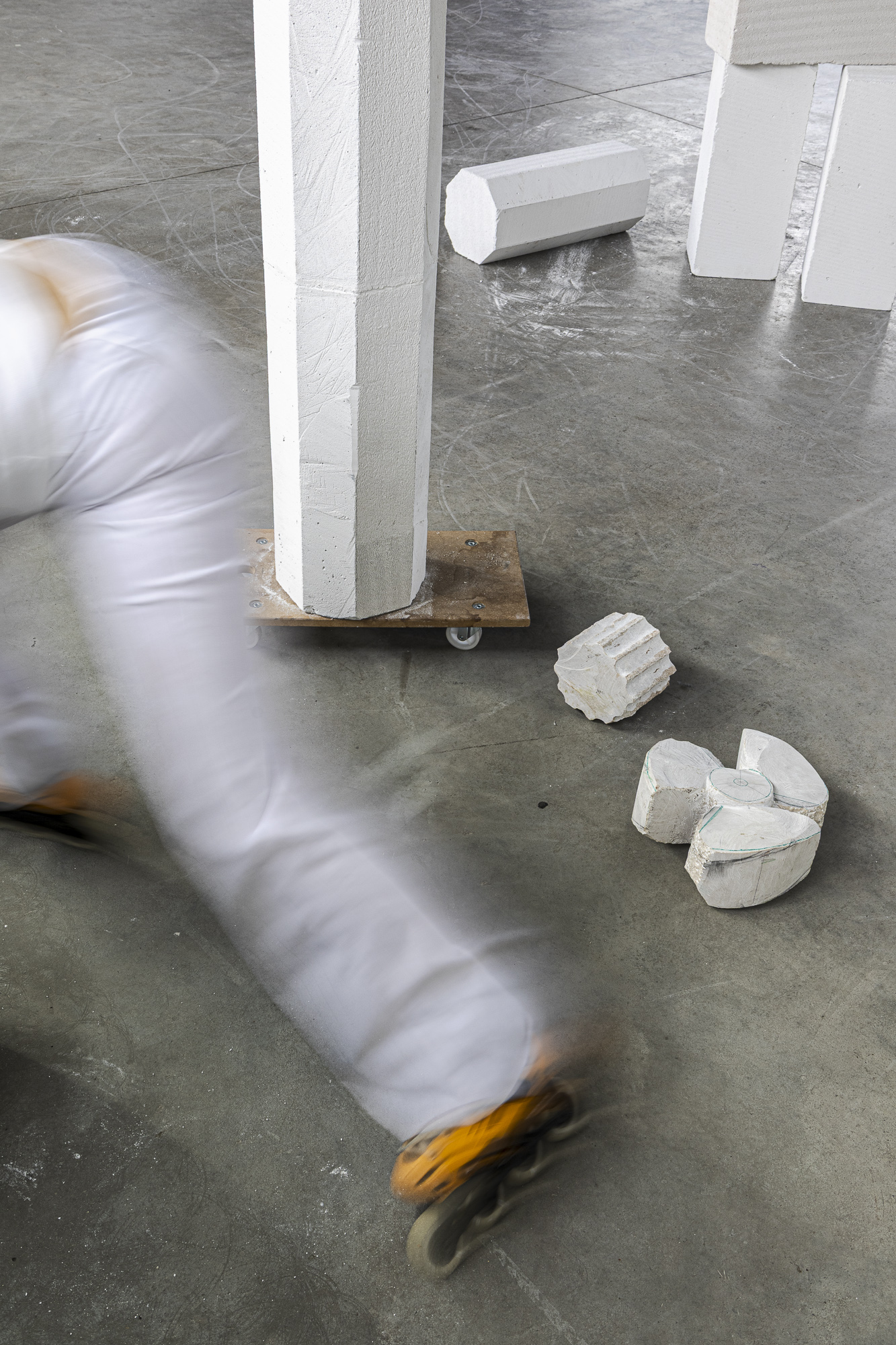
Der friedliche Verkehr
Diplom von | Diploma work by
Judith Raupp, January 2026Location: Paulusplatz 5, 1030 Wien
Seminar SpaceOpening:
22.01.2026, 18 – 20 UhrExhibition:
23.01. – 24.01.2026, 11 – 19 Uhr
28.01. – 29.01.2026, 11 – 18 Uhr26.01. – 27.01.2026
contact: judith_raupp@web.dePerformances: 23.01. und 24.01.2026 je von 15:30 – 17:00 Uhr
2026 January 22 / 18:00Der friedliche Verkehr ist eine Performative Installation, die körperliche Arbeit, Bewegung von Masse und Mensch-Objekt Beziehungen verhandelt. Drei Performerinnen aktivieren dafür einen installativen Materialbruch auf Inlineskates.
-
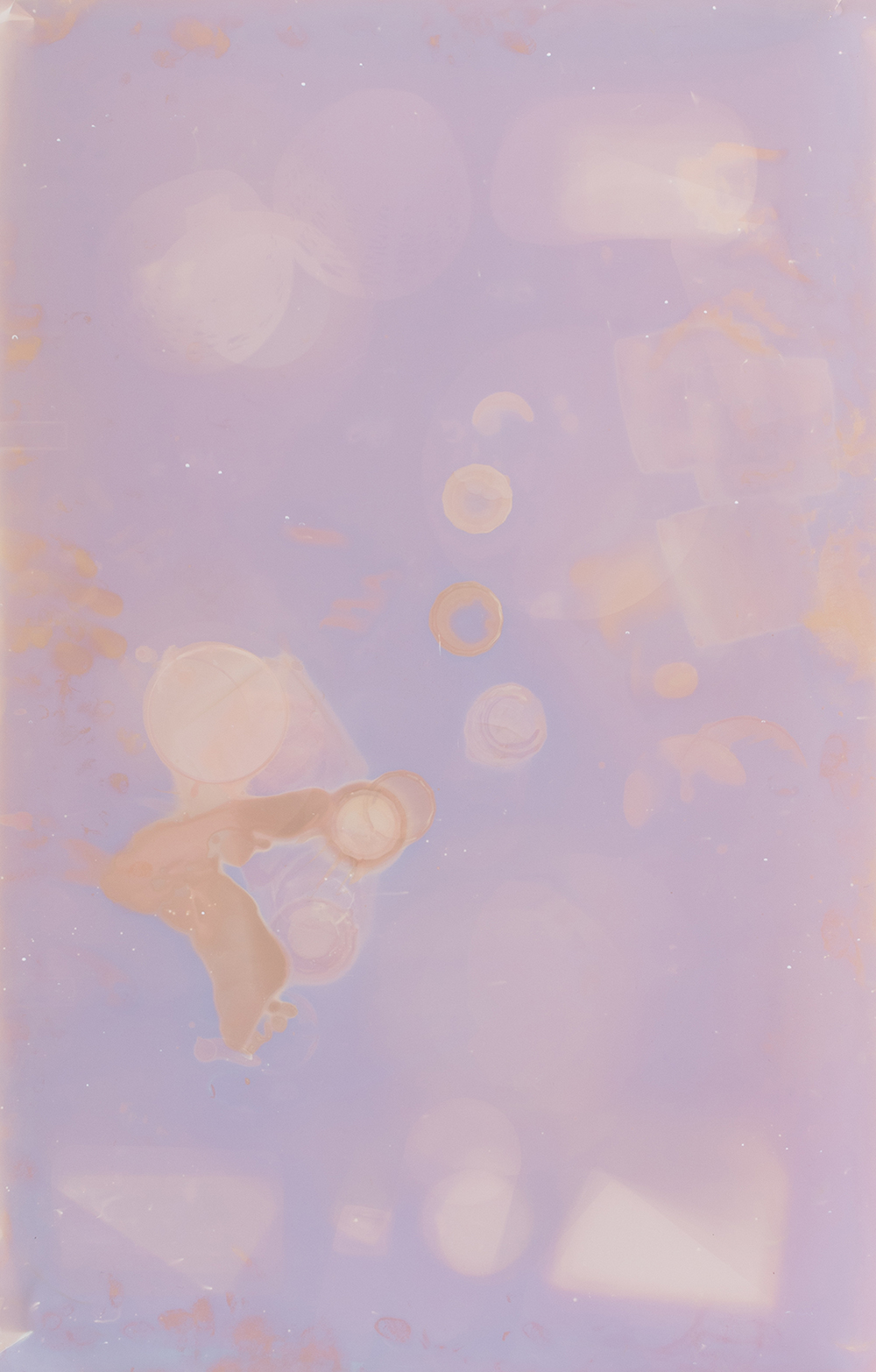
Nothing‘s solid, nothing‘s still (where you end and I begin).
Diplom von | Diploma work by
Anna Carina Roth, January 2026Location: Hauptgebäude, Oskar-Kokoschka-Platz 2, 1010 Wien
Schwanzer-Trakt, 1. Stock, STAR 9Opening:
20.01.2026, 18 – 21 UhrExhibition:
21.01., 22.01., 25.01.2026, 16 – 19 Uhr
28.01. – 29.01.2026, 11 – 18 Uhrtill 31.01.2026
contact: rothannacarina@gmail.com2026 January 22 / 18:00Mein Werkkomplex versteht den Körper als prozessuales Geflecht aus Fragmenten, Spuren und Relationen. Die Materialien erscheinen als lebendige Körper: Sie reagieren, atmen und treten in Beziehung zu ihrer Umgebung.
-
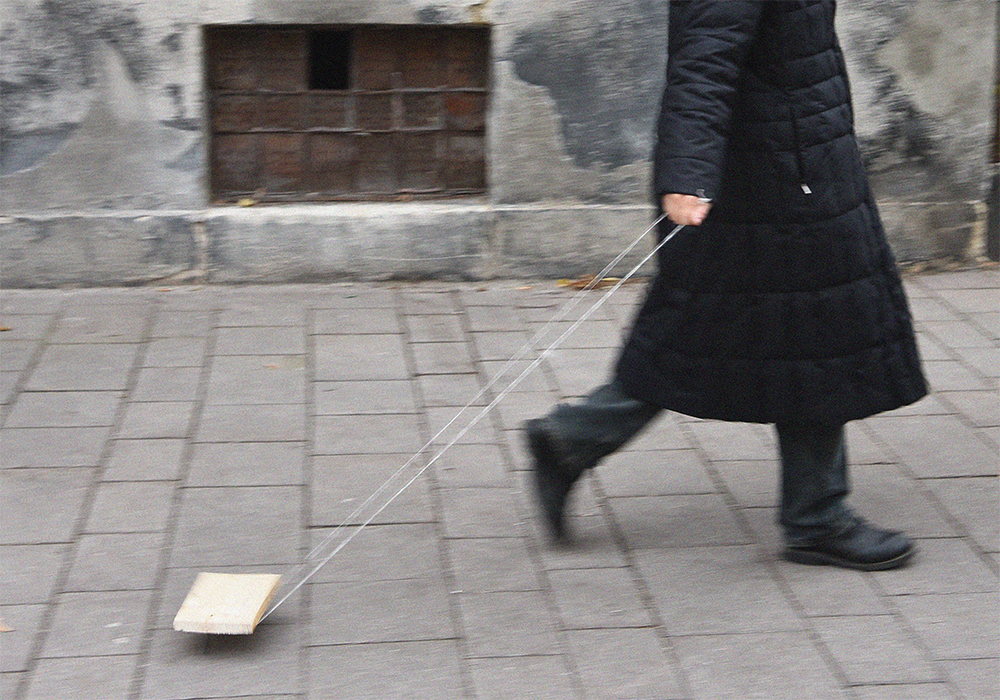
Hauptstraße in Episoden
Diplom von | Diploma work by
Florin Stanzer, January 2026Location: Paulusplatz 5, 1030 Wien
Exhibition SpaceOpening:
22.01.2026, 18 – 20 UhrExhibition:
23.01. – 24.01.2026, 11 – 19 Uhr
28.01. – 29.01.2026, 11 – 18 Uhr26.01. – 27.01.2026
contact: florin.stanzer@outlook.com2026 January 22 / 18:00hea zua jetzt!
Gebieterisch fordert die Welt dazu auf,
ihr ein Stück entgegenzukommen.gsindl olle mitanound, de hean politika! (…)
Monologisches Auftreten des Fremden,
unterbrochen durch absurde Intervention.meinen sie den finanzminister?
Gesprächsbasis: established.
-
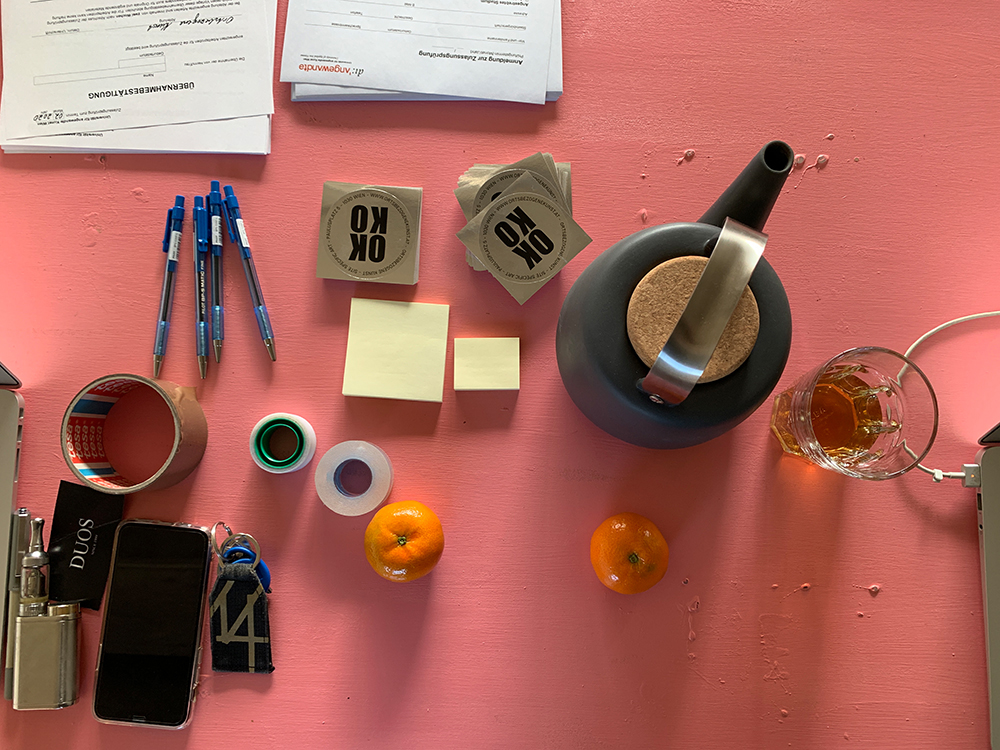
Bewerbung Application
Ortsbezogene Kunst
ENTRANCE EXAMOrtsbezogene Kunst
Expositur Paulusplatz 5
1030 WienApplication for Guestsemester:
Last week of October (Summersemester)
Last week of March (Wintersemester)Winter 2025/26Nächste Zulassungsprüfung
Online Registrierung und Portfolio-Einreichung
08.01. – 22.01.2026Prüfungswoche in Wien (in Präsenz)
23.02. – 27.02.2026Detailinformationen: klicke auf den pinken button
Next entrance exam
Online Registration and Submission of Application
08.01. – 22.01.2026Exam week in Vienna (in person)
23.02. – 27.02.2026Detailed info: click on the pink button!
-
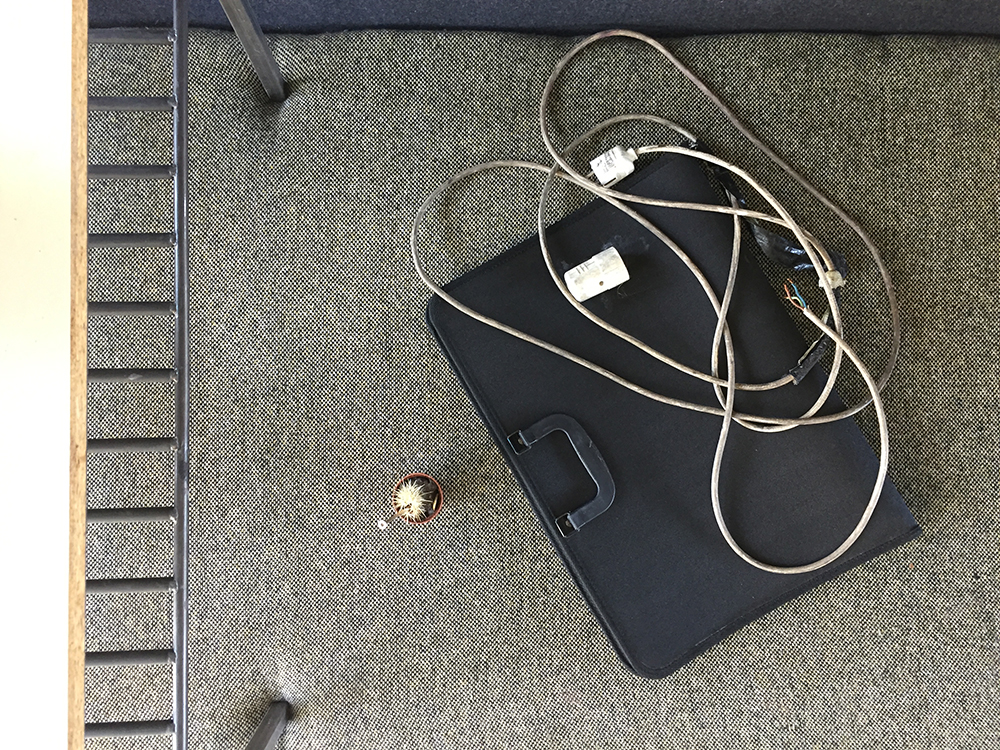
Portfolio
Winter 2025/26Online-Portfolioberatung via ZOOM
9. Dezember 2025 / 14 – 16 Uhr
Wir bitten um Voranmeldung via Email:
ortsbezogenekunst@uni-ak.ac.atOnline portfolio consultations via ZOOM
December 9, 2025 / 2 – 4 pm
Please register via email: ortsbezogenekunst@uni-ak.ac.at

